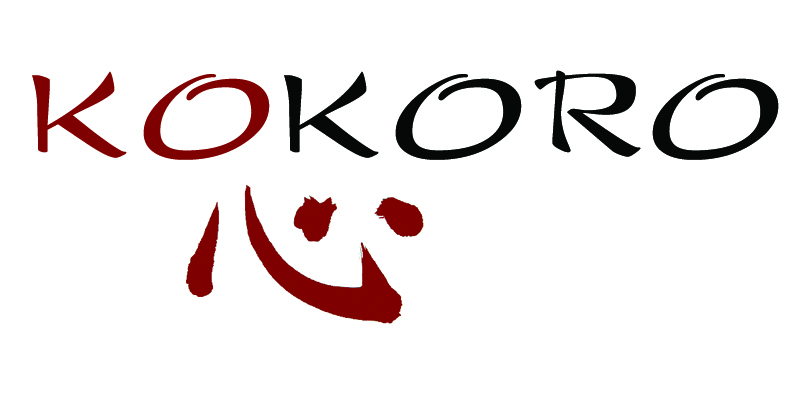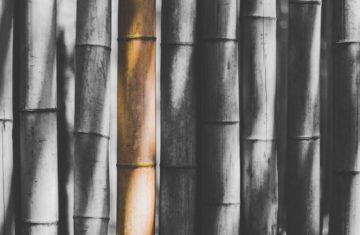Kokoro is a Japanese word that means heart. But it’s so much more than that. In the world of martial arts, kokoro means something closer to “indomitable spirit.” You could also call it grit. When someone has kokoro, they have the kind of energy and passion that comes from the unity of mind, body, and soul. Heart encompasses the whole self.
Ninja wisdom tells us we must find our kokoro and channel it into the goals and aspirations we set. As Forrest Morgan writes in his book Living the Martial Way, “Kokoro is something we all have within us. We simply have to reach down deep and drag it up. That’s why I say you have to find kokoro, rather than saying you must learn it.” You see- it’s an internal force, not an external one. The way we find it within us, he says, is by training like a warrior. Warriors don’t train easily. They don’t stick with what their egos know they can do well. They grow because they push their limits.
Other times, even more is required. Not to bombard you with new terms, but shugyo is a certain element of training that goes to the next level. The point of shugyo is to force you into a kind of rite of passage, or test. Morgan writes, “The warrior drives himself, or is driven, to a level of endurance beyond what he previously believed possible. The experience is both grueling and frightening, but the warrior emerges from the ordeal feeling purified.”
If we want to find our kokoro, shugyo is one sure-fire way to do it.
When you test for your black belt, you undergo a kind of shugyo experience. Most dojangs require not only the performance of many katas and step matches, but also a long test of physical endurance. The endurance portion isn’t about looking pretty; it’s an opportunity to find and display your kokoro.
My friend Ashlee got her black belt a couple of years ago, and I remember being in awe when I saw the video she showed me of her fighting. After hours of endless physical tests, she had to endure a long fighting sequence with multiple attackers. You could see in the video how tired she was; she could hardly hold up her arms toward the end. The attackers kept coming and coming, and she pushed and punched and kicked and pivoted, for what felt like forever. That was a shugyo experience. And it was where I saw Ashlee’s kokoro shine forth. She earned her black belt that day, because she refused to quit.
I’ve thought about kokoro as I’ve been practicing the paramita of heroic perseverance. Heroic perseverance wouldn’t be possible without kokoro. You could say it’s the engine that drives our perseverance. It’s the spirit within us that simply refuses to give up. It makes sense when you’re facing your black belt test, but it seems more out of place in our everyday lives. I’ve wondered how I might see heroic perseverance and kokoro arise as I pay attention and practice.
What I’ve noticed is that so much of life really is about an indomitable spirit. It may not be as blatant as fighting off multiple attackers in the ring, but it’s just as persistent. Parenting requires indomitable spirit. Relationships demand it of us. Our work and careers can often challenge us to show up with it. Not to mention all the #adulting we have to do when we get home from work!
I’m learning the quieter, less obvious side of kokoro, which suits our ninja sensibilities. They didn’t do flashy displays, but the ninja are historically powerful examples of indomitable spirit in action. Where can you find your kokoro within you this week?




